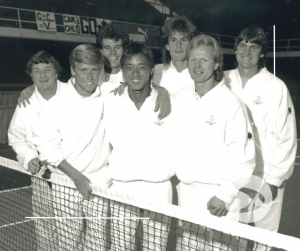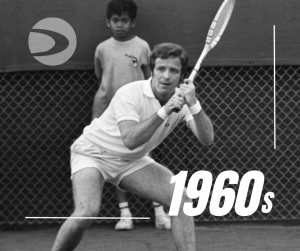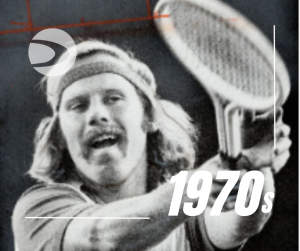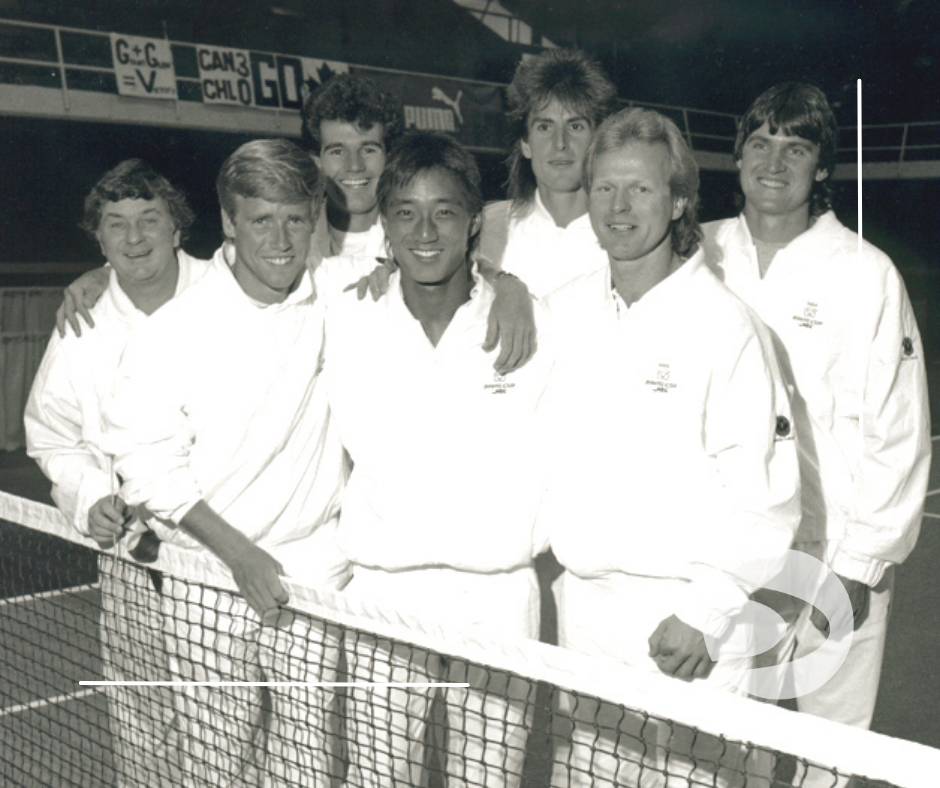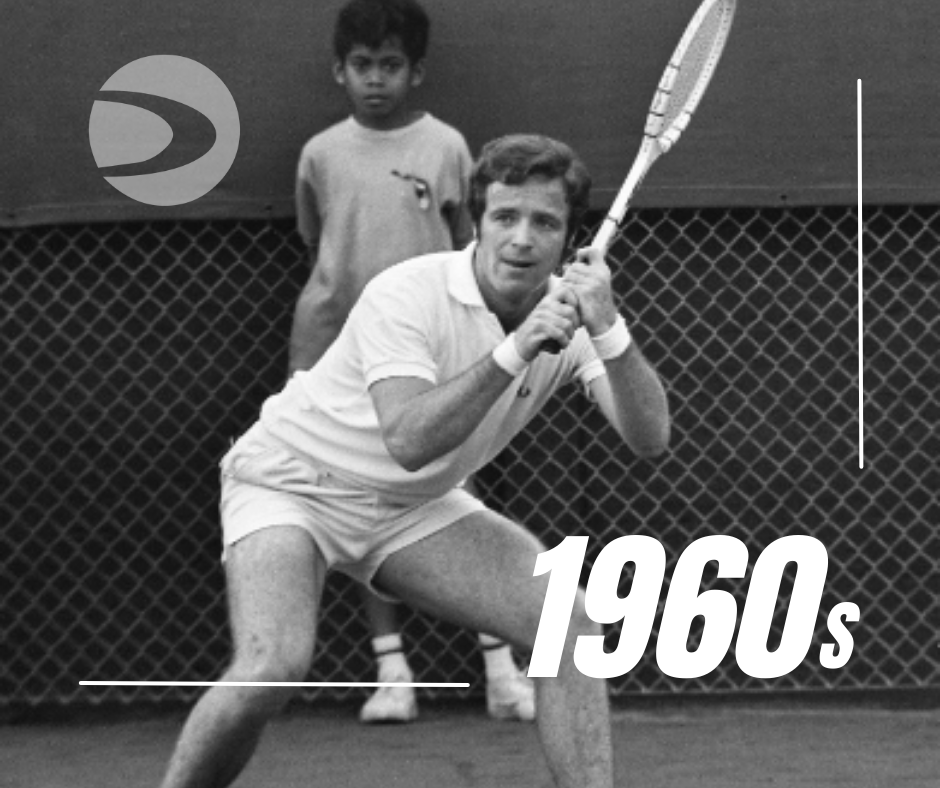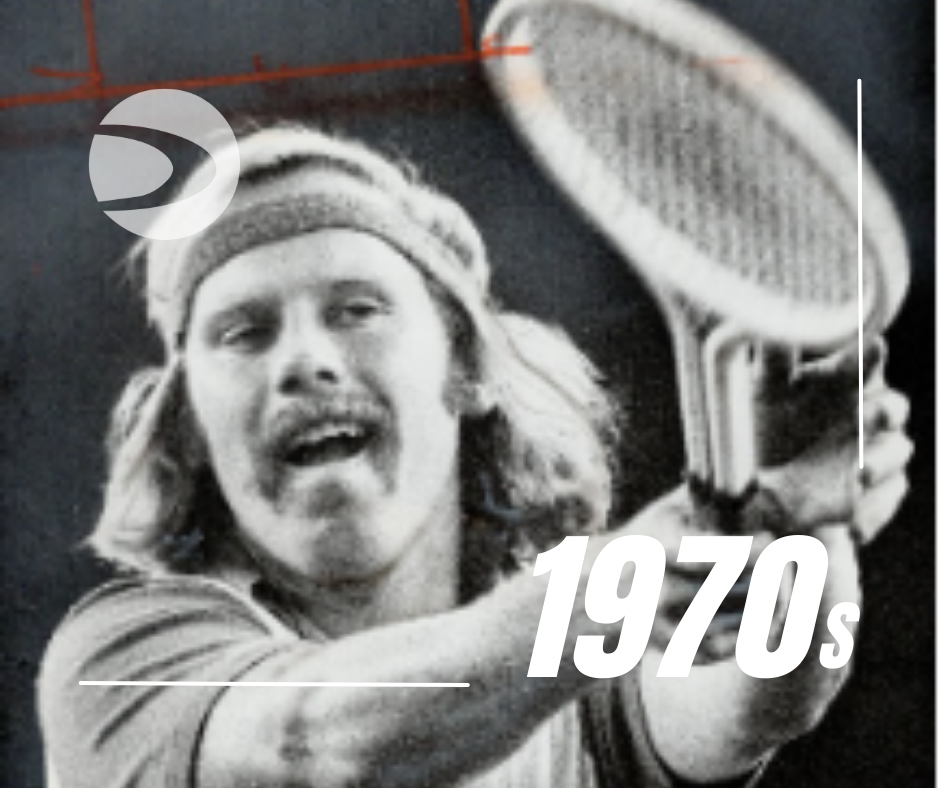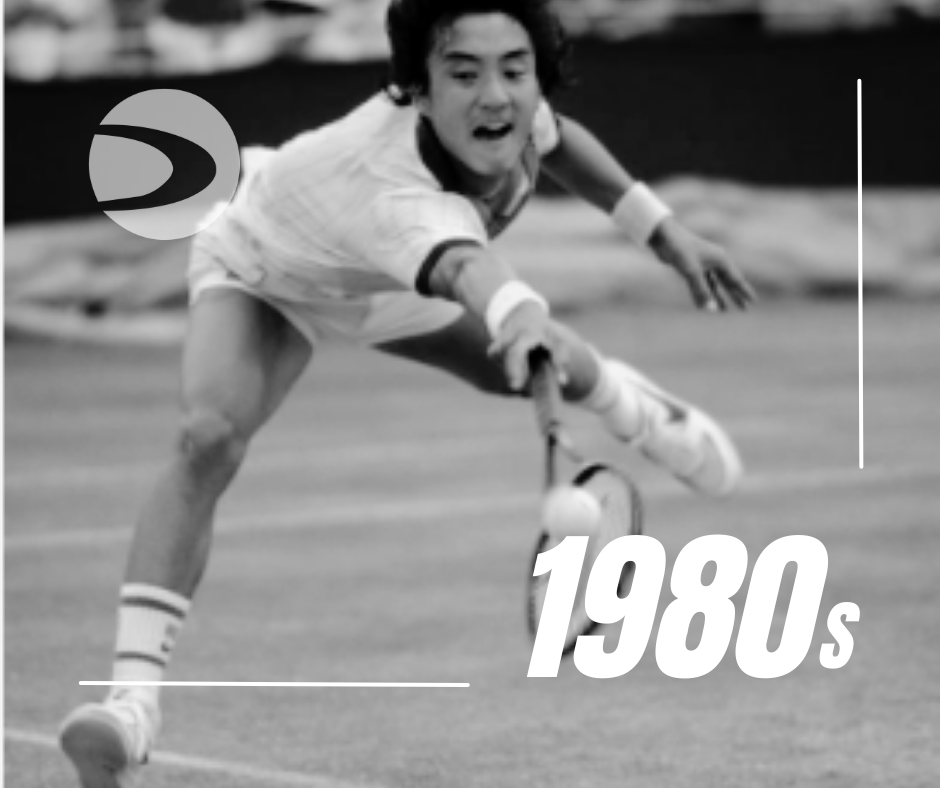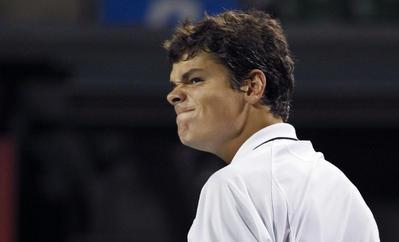
The Saturday November 20, 2010 articles in The Toronto Star on “Where tennis dreams are born” and the interview with Milos Raonic were a breath of fresh air for Toronto area tennis which gets minimal coverage on any local tennis news. If you don’t believe me, I dare you to find more than a passing comment in any of Toronto’s papers during the week of November 22nd, that Toronto’s own Daniel Nestor is competing for the Year end World Doubles Championship in London, England [total prize money for singles and doubles is 8 million].
One of the articles referring to Thornhill being an excellent breeding ground for tennis stars did miss the most important factor for explaining the influx of players in the region. Yes, definitely background [Eastern European] is a major factor but the other two factors used to explain the phenomena, location and money, are not so accurate unless explained in greater depth.
The explanation by a Tennis Canada official that the organization of the North York Tennis Association and the proximity of the National Tennis Centre are factors is somewhat correct but overlooks the fact that a small tennis Academy based at the National Tennis Centre for many years in the 1980’s and 90’s provided the focal point of training for Nestor, Janecek, Polanski from Thornhill as well as Rene Simpson, Helen Kelesi, Patricia Hy, Vanessa Webb, Ekaterina Shulaeva, Chris Pridham, Doug Burke, Grant Connell, Hatem McDadi, Rob Steckley, Matt Klinger, all Davis Cup and Fed Cup team members under the guidance of future national coaches Yves Boulais, Simon Bartram, Ari Novick, Bill Cowan, Dean Coburn, Hatem McDadi and Doug Burke.
The All-Canadian Academy provided a great training environment complete with physical and mental training, it also helped develop and produce a majority of the players and coaches who provided Canada with its best results on the international scene: winning the World Junior Sunshine Cup [Boys U 18], qualifying in Davis Cup for its two only appearances in the World Group, qualifying in Fed Cup for the World Group, winning Olympic Gold, and winning Grand Slams. Yes, location was important but mainly because the opportunity of All-Canadian was provided. Most importantly and seldom recognized was the fact that money was a major factor but not as presented in the recent article. Most of these Eastern European families of the 80’s and 90’s were not of the affluent type that immigrated later on and as a result would not have been able to attend the Academy without the help of a handful of financial and spiritual supporters. These individuals who would rather not be recognized publicly were the ones that made the scholarships to every one of the above players feasible and as a result responsible for Canada’s best tennis performances. Whether we like it or not, Canada’s best open international tennis performances owe a major thanks to the private sector schools and academies who have now lost most of their importance due to the existing national development policies.
You are probably aware that I personally, was involved with the All-Canadian Academy now known as ACE Tennis, as well as being the Davis Cup and Fed Cup captain. My reaction to these omissions would probably not have been in this form if not for one other glaring omission: who was responsible for Milos Raonic’s development? In the Raonic interview his father is mentioned but how can there be a story about Milos’ development without the mentioning of Casey Curtis, his coach who poured so much of his heart into the development of his protégé for many years.
In most great champions there is one or two relationships which help define the parameters of the player’s future development. Management and coaching are two intertwined disciplines which are essential in the maximization of a player’s potential. That relationship is often blurred and quite often misunderstood. Many good managers are parents because they care but they are poor coaches although they think they know how to coach. On the other hand, many good coaches are poor managers and as such get blinded by their own agendas instead of their players’ needs.
I have mentioned before, there are many good coaches in Canada but we certainly could do with a better understanding of what makes a great coach: caring for the player and good management. We never got to see if Casey Curtis was able to offer good management to Milos, as that opportunity was taken from him, but one thing for sure, he was a good caring coach and should always be mentioned when looking at the story of Milos’s development, the same as Dean Coburn is, in the development of Peter Polansky. Hats off to Casey and Dean, you are true pioneers of Canadian tennis development.
Note: There is a downtown tennis club, Toronto Tennis City, which offers a full integrated development program for High Performance juniors [ACE Tennis Toronto]. The club was created with this mandate in mind and it would be unfair to expect the exclusive private clubs to offer the same type of opportunity. Many private club junior members use the program to complement the required number of weekly training hours on and off court.

